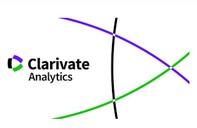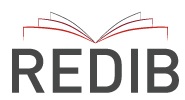The effect of mental workload on the intensity and emotional dynamics of perceived exertion
Abstract
Perceived exertion, as measured by psychometric scales, has been proven to be a valid tool to assess training load, and to highly correlate with physiological and mechanical dimensions of physical effort. However, little is known about the emotional correlates of exertion, and how perceived exertion is influenced by mental workload. In the two experiments reported here, ratings of perceived exertion (RPE) were found to be significantly influenced by mental workload (generated by means of a cognitive task, unrelated to, but temporally overlapping with the physical task) during active recovery after exhausting exercise, but not during incremental exercise. Importantly, perceived exertion was found to strongly correlate with reported emotional/hedonic valence, but not so tightly with reported arousal. These findings strengthen the motivational value of perceived exertion, and its linkage to other psychological constructsDownloads
The works published in this journal are subject to the following terms:
1. The Publications Service of the University of Murcia (the publisher) retains the property rights (copyright) of published works, and encourages and enables the reuse of the same under the license specified in paragraph 2.
© Servicio de Publicaciones, Universidad de Murcia, 2022
2. The works are published in the online edition of the journal under CC BY-SA 4.0 license, a Creative Commons Reconocimiento-CompartirIgual 4.0 (legal text). You are free to:
- Share: copy and redistribute the material in any medium or format for any purpose, even commercially.
- Adapt: remix, transform, and build upon the material for any purpose, even commercially.
The licensor cannot revoke these freedoms as long as you follow the license terms, under the following terms:
- Attribution: You must give appropriate credit , provide a link to the license, and indicate if changes were made . You may do so in any reasonable manner, but not in any way that suggests the licensor endorses you or your use.
- ShareAlike: If you remix, transform, or build upon the material, you must distribute your contributions under the same license as the original.
No additional restrictions: You may not apply legal terms or technological measures that legally restrict others from doing anything the license permits.
This work is licensed under a Creative Commons Attribution-ShareAlike 4.0 International License.
3. Conditions of self-archiving. Is allowed and encouraged the authors to disseminate electronically pre-print versions (version before being evaluated and sent to the journal) and / or post-print (version reviewed and accepted for publication) of their works before publication, as it encourages its earliest circulation and diffusion and thus a possible increase in its citation and scope between the academic community. RoMEO Color: Green.















